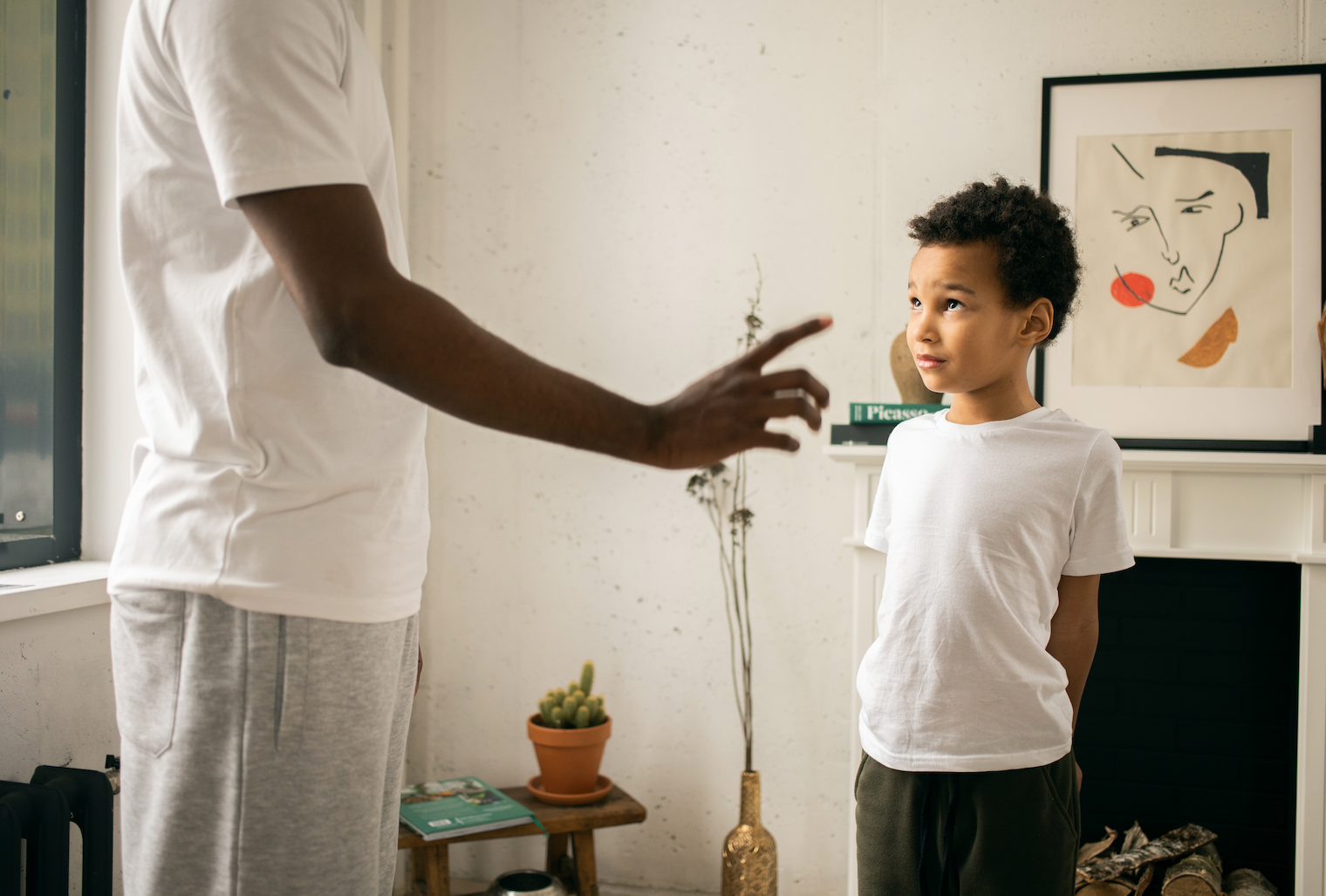There have been numerous studies that show the correlation between vision problems and ADHD or ADD. The Vision Development Center Of Lancaster has treated countless patients for what seem to be normal eye problems. We also help patients explore whether or not those vision problems are contributing to their ADHD/ADD or not.

Many families seek out our help because they want to explore natural ways to treat ADHD and ADD. We take pride in being able to help those patients find alternatives to taking prescription medications to assist with ADHD and ADD. So, how do you know if your child, or you, are having issues with your vision that may be contributing to ADHD or ADD? While we highly recommend being evaluated here in our office, there are some exercises you can do at home that may help you determine whether or not further treatment is necessary.
If you are in Lancaster, PA, or the surrounding area, read on!
We have a shortlist of exercises and things to look for when trying to help determine if your vision may need to be assessed further, or if you need any alternative treatments. You may need some assistance to perform these tests or have someone point things out to you. These exercises are a good indicator that you may have vision problems that could warrant being seen in our office.
These may also be the first steps that you take in finding natural ways to treat ADHD or ADD.
1. Doing a near point of convergence test – You may be familiar with this test as you probably have gone through it before. Whether it was at your eye doctor or your family physician, a near point of convergence test is a common way to judge whether or not your eyes are functioning as they should. To perform the test, you will need a target to focus on. It could be a mark on an index card, the tip of your finger, or a penlight if you have one available. Have someone help you by holding the target away from your face at a height that lines up with the bridge of your nose. They should then bring that target closer to your eyes slowly. As the target moves closer to your face, eventually you will be able to see two of the object. When that happens, let your helper know that you see two targets. If the point at which you see two targets is greater than three to four inches, you may want to seek further examination or treatment.
2. Tracking eye movement – Similar to a near point of convergence test, a helper can track your eye movement in an effort to evaluate an issue. Once again, you will want to focus on a single target or point and will want to have whoever is assisting you to move that target slowly in various directions. While this is happening, the person assisting with the test should be focusing on your eyes. They should be seeing if one or both of your eyes are able to keep up with where they are moving the target. If a single eye, or both of them, are not able to clearly follow the target, this could be a sign. Your eyes should be able to smoothly follow the target throughout the test. If they lag behind or have sudden rapid movements to catch up, you may want to follow up with an eye doctor.
3. Simple observation during reading – With some assistance, you can evaluate yourself at home by being observed while reading. You’ll want to read a book or magazine as you normally would, holding the material you are reading at a reasonable distance. Signs that there might be an issue include not being able to read the material because it is too far and the need to move it closer. Another is having an issue while reading and needing to cover up one eye. Essentially, any issue with your eyes that would prevent you from reading something under normal circumstances could present a potential problem.
These are just a few of the exercises you can do at home with some help to determine if you may have some vision problems that might require some attention. The best course of action, should you or a loved one have any issues with these tests, is to schedule a visit at the Vision Development Center Of Lancaster.
Serving Lancaster PA and the community beyond, we are passionate about helping patients find natural treatments and alternative methods to manage vision problems. Contact us to see how we can help today!
